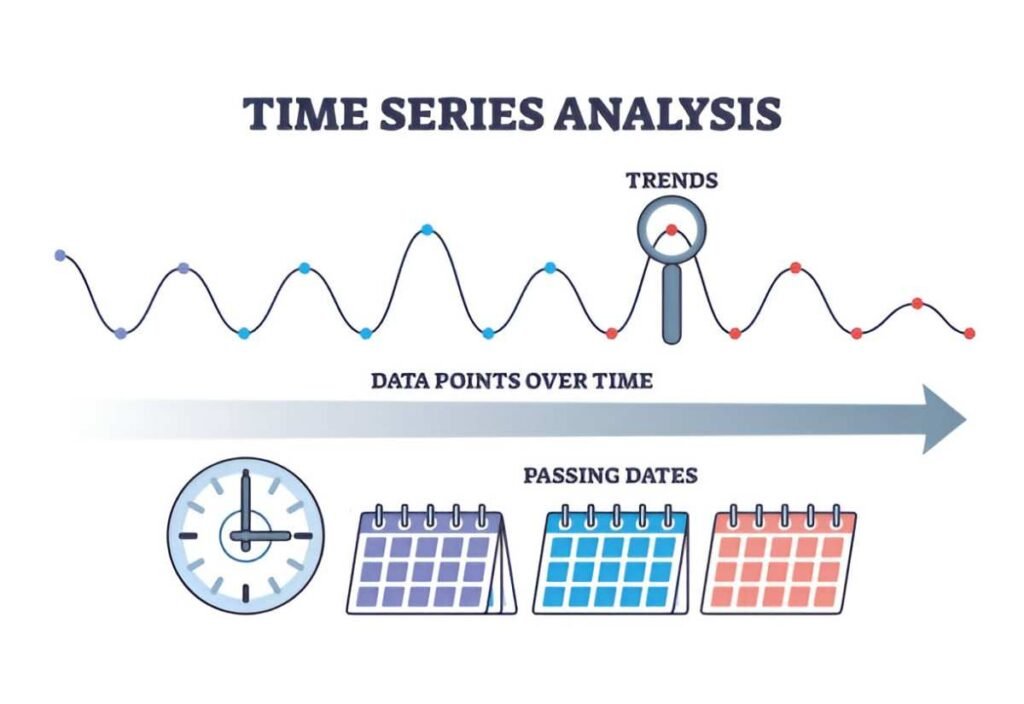An index is a powerful tool used in finance and economics to measure and track changes in various parameters over time. Understanding what an index is and how it works is essential for anyone interested in analyzing financial markets, economic trends, or investment opportunities.
Table of Contents
What is an Index?
An index is a statistical measure that represents the performance, value, or level of a group of related assets, securities, or other variables. It serves as a benchmark or reference point for assessing changes in the underlying components’ collective behavior.
Key Points:
- Composite Measurement: An index aggregates data from multiple individual components, such as stocks, bonds, prices, or economic indicators, into a single numerical value or series.
- Representation of Market or Sector: Indices can represent various segments of the financial markets, such as stock markets (e.g., S&P 500, FTSE 100), bond markets (e.g., Bloomberg Barclays U.S. Aggregate Bond Index), or economic indicators (e.g., Consumer Price Index).
- Weighting Methodologies: Indices may use different weighting methodologies to assign importance to individual components. Common methods include market capitalization weighting, price weighting, and equal weighting.
How Do Indices Work?
Indices work by:
- Selection of Components: The index provider selects the assets or variables to include in the index based on predefined criteria. For example, a stock market index might include the largest publicly traded companies in a particular market.
- Calculation of Index Value: The index value is calculated using a specific formula or methodology that considers the prices, market capitalizations, or other relevant factors of the included components. This calculation determines the index’s level at any given point in time.
- Regular Updates: Indices are regularly updated to reflect changes in the underlying components, such as additions, deletions, or adjustments due to corporate actions (e.g., stock splits, mergers).
Example of an Index
Let’s consider the S&P 500 Index, one of the most widely followed stock market indices in the United States. It includes 500 of the largest publicly traded companies listed on stock exchanges like the New York Stock Exchange (NYSE) and NASDAQ.
- Components: Companies included in the S&P 500 are selected based on criteria such as market capitalization, liquidity, and sector representation.
- Calculation: The value of the S&P 500 Index is calculated by adding up the market capitalizations of its constituent companies and adjusting for any changes, such as stock splits or corporate actions.
- Representation: The S&P 500 Index serves as a barometer of the overall health and performance of the U.S. stock market. Investors and analysts use it to gauge market trends, benchmark investment performance, and make asset allocation decisions.
Importance of Indices
Indices play a crucial role in:
- Performance Measurement: Investors use indices to evaluate the performance of their investment portfolios relative to the broader market or specific segments.
- Investment Products: Indices serve as the basis for various investment products, such as index funds, exchange-traded funds (ETFs), and derivatives, allowing investors to gain exposure to specific markets or sectors.
- Market Analysis: Analysts and economists analyze indices to assess market trends, identify opportunities and risks, and make forecasts about future market movements and economic conditions.
Conclusion
In summary, an index is a valuable tool used to measure and track changes in the performance, value, or level of a group of related assets or variables. Whether you’re an investor, analyst, or policymaker, understanding how indices work and their significance is essential for making informed decisions in the complex world of finance and economics. By providing a snapshot of market or sector performance, indices help investors gauge investment returns, assess market trends, and allocate assets effectively.





